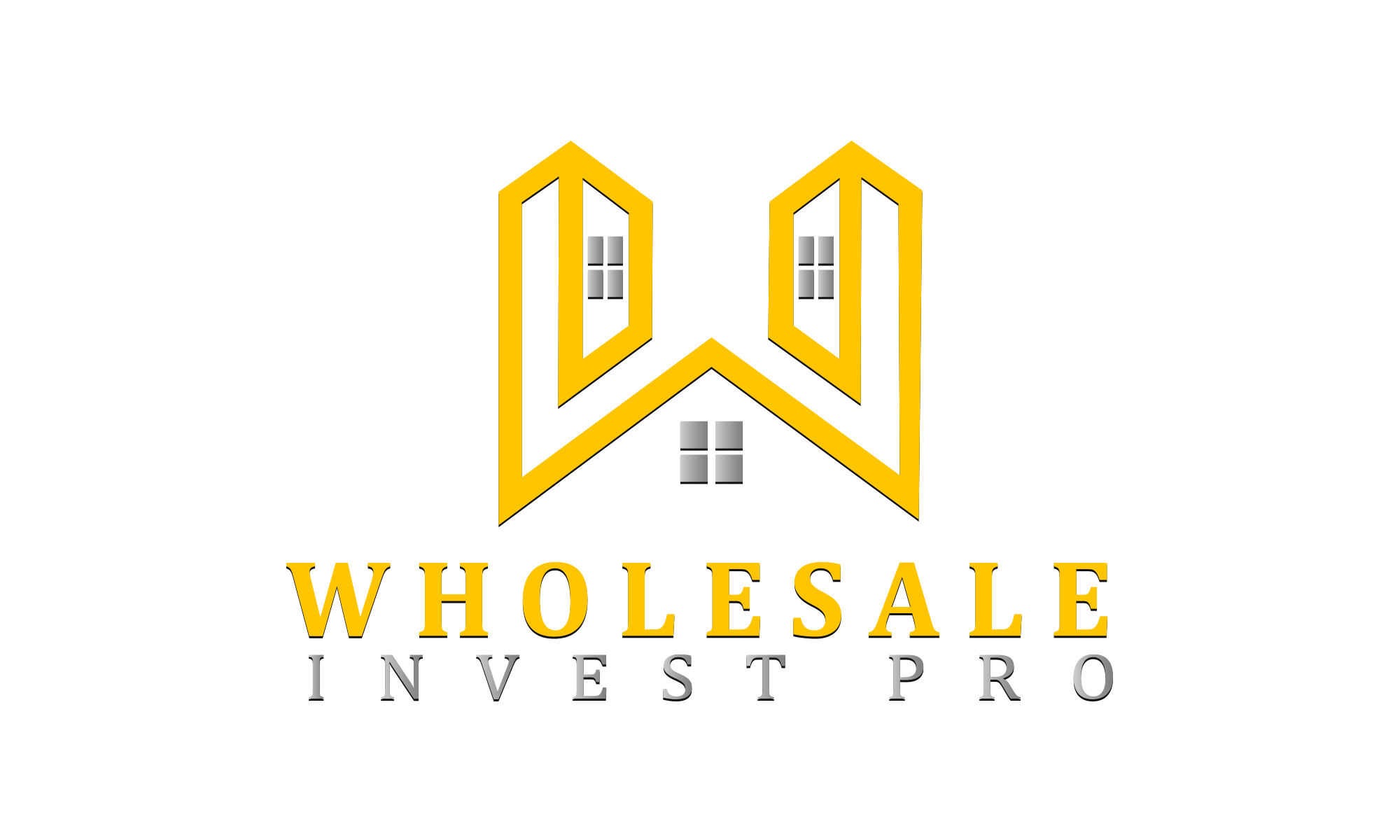Understanding DSCR Loans: A Guide for Real Estate Investors
As a real estate investor, one of the most important decisions you’ll make is choosing the right financing option for your property. While traditional loans are common, they may not always provide the best solution for your needs. This is where Debt Service Coverage Ratio (DSCR) loans come in.
In this article, we’ll explain what a DSCR loan is, how it works, and when to use it.
What is a DSCR loan?
A DSCR loan is a type of financing that is commonly used in commercial real estate. It is based on the debt service coverage ratio, which is a measure of a property’s ability to generate enough income to cover its debt payments.
The debt service coverage ratio is calculated by dividing a property’s net operating income (NOI) by its debt service. This ratio tells lenders how much cash flow a property generates relative to its debt payments. A high DSCR indicates that a property is generating enough income to comfortably cover its debt, while a low DSCR indicates that it may struggle to make its payments.
How does a DSCR loan work?
DSCR loans are typically used for commercial properties, such as office buildings, retail centers, and multifamily properties. They are based on the property’s income-generating potential, rather than the borrower’s personal creditworthiness.
When applying for a DSCR loan, lenders will look at the property’s NOI and calculate the DSCR. They will also consider other factors, such as the property’s location, age, and condition.
If the property has a high enough DSCR, the lender may offer a loan that covers a portion of the property’s value. The borrower will then make monthly payments based on the loan terms, including interest and principal payments.
When to use a DSCR loan?
DSCR loans can be a good option for real estate investors who are looking to finance a commercial property with a high income-generating potential. This may include investors who are looking to purchase or refinance office buildings, retail centers, or multifamily properties.
DSCR loans may also be a good option for investors who have a limited personal credit history, or who have a low credit score. Since DSCR loans are based on the property’s income-generating potential, they may be easier to qualify for than traditional loans.
However, DSCR loans may not be the best option for all real estate investors. They typically have higher interest rates and fees than traditional loans, which can increase the cost of borrowing. Additionally, since they are based on the property’s income-generating potential, they may not be suitable for properties that are not generating enough income to support the debt payments.
Conclusion
DSCR loans can be a valuable financing option for real estate investors who are looking to purchase or refinance a commercial property with a high income-generating potential. However, they may not be suitable for all investors, and it’s important to carefully consider the pros and cons before choosing this financing option.
If you’re interested in learning more about DSCR loans, there are several helpful resources available online. The National Association of Realtors offers a guide to DSCR loans, which you can find here. You can also consult with a real estate attorney or financial advisor to determine if a DSCR loan is the right choice for your investment goals.







